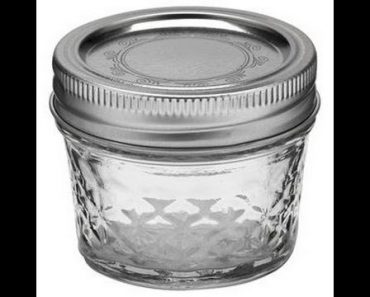I am always in search of ways to make food storage easier, recently I shared a tip for making a mason jar lid from things in the kitchen. It was a good tip, but this one is a little better. Today we show a DIY mason jar lid cut from a orange juice container. It […]
Category: How To (How I Did)
You could call this a How To – but people often tell me I did it wrong – now to be fair you can’t really tell me I can’t do it that way, when the video shows I actually DID do it that way – so to cool down the hateraide – lets just call this HOW I DID
How to Use Acid to Identify Limestone
I needed some limestone to work some cement experiments trying to replicate both the Portland cement patent, and to make slaked lime for mortar mix. This meant I had to be able to go about identifying Limestone. Luckily since limestone is calcium carbonate, (a base). Simple chemistry ensures that when it makes contact with […]
How to Make DIY Chalkboard Mason Jar Lids
These DIY chalkboard mason jar lids are great for storage. While it was designed for spices, it can work in the garage for nuts and bolts, or the reloading bench for small parts like shell holders. Simply take a baby food jar (or any other size you want), and paint the lid with chalkboard paint. […]





